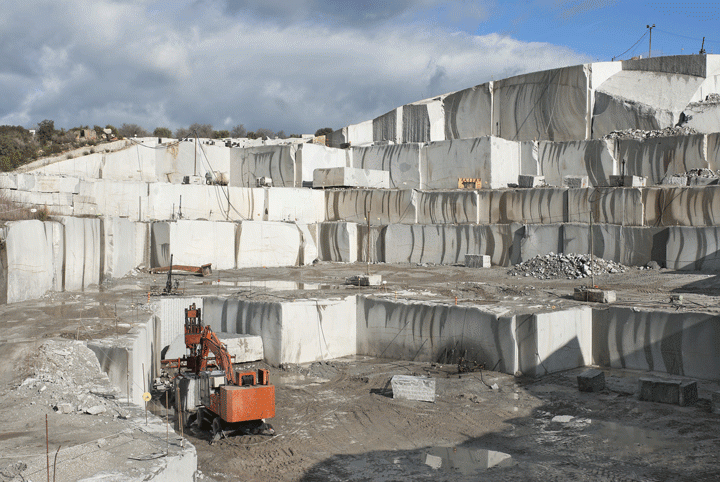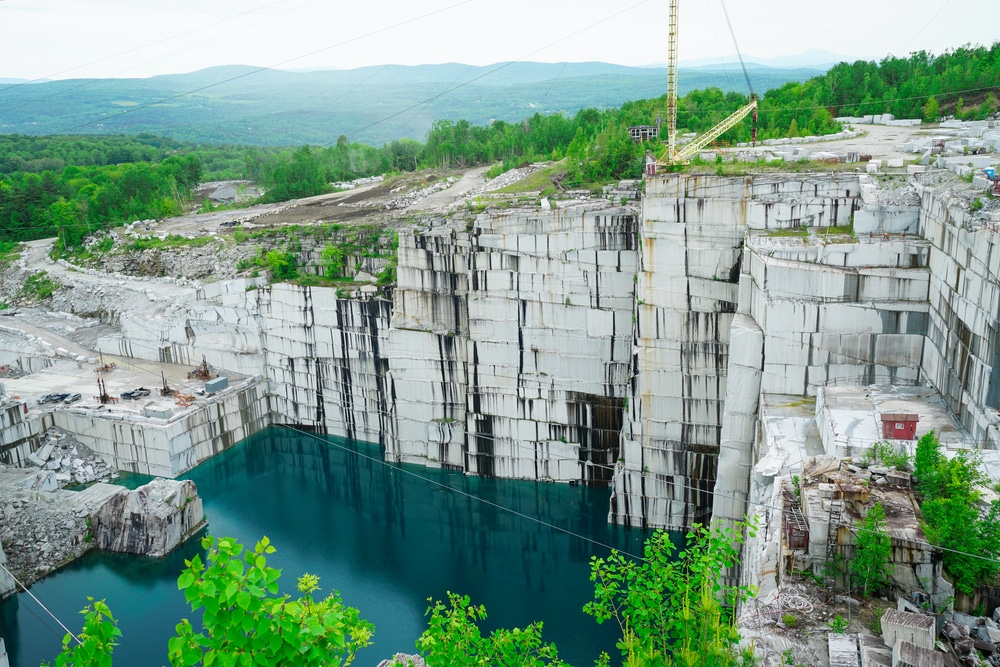A Trip Via Granite Quarries in South Africa: Introduction Nature's Creativity
Revealing the Mysteries of Granite Quarrying: Where Toughness and Elegance Meet
The world of granite quarrying is a world where the raw strength of nature assembles with human virtuosity to create structures that stand the examination of time with an air of style. From the depths of quarries to the meticulous sprucing up in workshops, the procedure of transforming granite into architectural wonders is an intricate dancing of tradition and advancement. As we peer right into the midsts of this ancient craft, we start to discover the concealed details that shape the very essence of our developed setting.
The Beginnings of Granite Quarrying
In the annals of architectural history, the origins of granite quarrying are shrouded in a tapestry of old craftsmanship and geological marvels. Dating back to ancient Egypt and Mesopotamia, the extraction of granite from quarries marked the beginning of a trip that would ultimately cause the production of several of the world's most legendary structures.
Granite quarrying's roots can be traced to the knowledgeable artisans who recognized the stone's sturdiness and aesthetic charm. With a combination of primitive tools and sheer determination, these early quarry workers unearthed granite blocks that would end up being the foundation of people.
As people progressed, so did the methods of quarrying granite. The Romans, renowned for their design prowess, established sophisticated techniques for drawing out granite to construct monuments, holy places, and roadways that stood the examination of time.
The tradition of these ancient quarrying techniques proceeds to form modern-day style, with granite staying a symbol of strength and style in construction jobs around the world. (granite quarries in south africa)
Tools of the Quarrying Trade
The evolution of granite quarrying strategies from ancient worlds to modern times highlights the essential role played by the devices of the quarrying sell shaping the industry's techniques. In ancient times, quarrying tools were rudimentary, typically including knives, hammers, and wedges made from products like bronze or iron. These devices needed considerable manpower and time to essence granite blocks from quarries.

Additionally, the introduction of pneumatically-driven devices and high-powered machinery has actually dramatically minimized the physical labor needed in quarrying operations, boosting employee safety and security and performance. As the quarrying industry remains to introduce, the tools of the profession continue to be at the center of driving progress and forming the future of granite extraction.
Extracting Blocks of Granite
Using precision equipment description and progressed techniques, the removal of granite blocks from quarries has actually become an advanced procedure in the modern-day quarrying industry. Controlled blowing up techniques are after that employed to damage apart the granite into convenient sections.

Polishing and Completing Techniques
To accomplish a perfect surface area on granite blocks, proficient craftsmens employ a series of careful sprucing up and finishing methods. After the first removal and forming procedures, the granite obstructs undergo a comprehensive polishing stage to boost their natural appeal and sturdiness.
In enhancement to sprucing up, ending up techniques are click to find out more used to more refine the granite's appearance. By thoroughly selecting and using these polishing and finishing methods, craftsmens can change raw granite blocks right into charming pieces that display both strength and elegance.

Ecological Impact and Sustainability
With the growing focus on environmental awareness in the market, granite quarrying techniques are increasingly looked at for their influence on all-natural resources and long-lasting sustainability. Additionally, the transportation of granite from quarries to refining centers creates carbon discharges, even more contributing to environmental degradation.
To reduce these influences and make sure sustainability in granite quarrying, sector stakeholders are embracing various actions. Carrying out innovative modern technologies to reduce power intake and water usage, recovering quarried land for eco-friendly restoration, and advertising accountable sourcing methods are some techniques being employed. In addition, accreditations such as the Forest Stewardship Council (FSC) and the Leadership in Power and Environmental Style (LEED) assistance consumers determine eco-friendly granite items.
Conclusion
In final thought, granite quarrying is a process that calls for specialized devices and techniques to extract blocks of granite and polish them to a high level of surface. While the environmental effect of quarrying can be considerable, efforts are being made to enhance sustainability techniques in the industry. Overall, granite quarrying is a delicate balance in between using the toughness and beauty of this all-natural stone while lessening its influence on the setting.